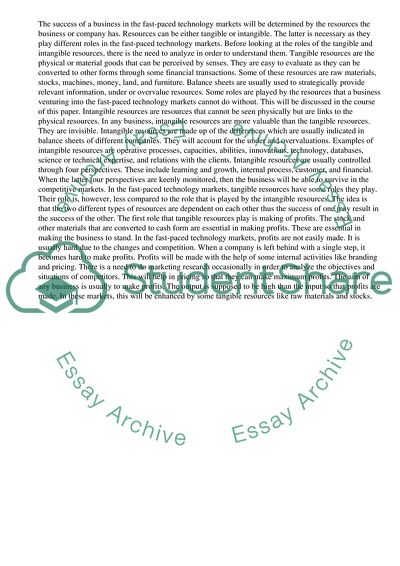Cite this document
(“The role of tangible and intangible resources for competing in Essay - 3”, n.d.)
The role of tangible and intangible resources for competing in Essay - 3. Retrieved from https://studentshare.org/management/1440319-strategic-management-critically-evaluate-the-role
The role of tangible and intangible resources for competing in Essay - 3. Retrieved from https://studentshare.org/management/1440319-strategic-management-critically-evaluate-the-role
(The Role of Tangible and Intangible Resources for Competing in Essay - 3)
The Role of Tangible and Intangible Resources for Competing in Essay - 3. https://studentshare.org/management/1440319-strategic-management-critically-evaluate-the-role.
The Role of Tangible and Intangible Resources for Competing in Essay - 3. https://studentshare.org/management/1440319-strategic-management-critically-evaluate-the-role.
“The Role of Tangible and Intangible Resources for Competing in Essay - 3”, n.d. https://studentshare.org/management/1440319-strategic-management-critically-evaluate-the-role.


